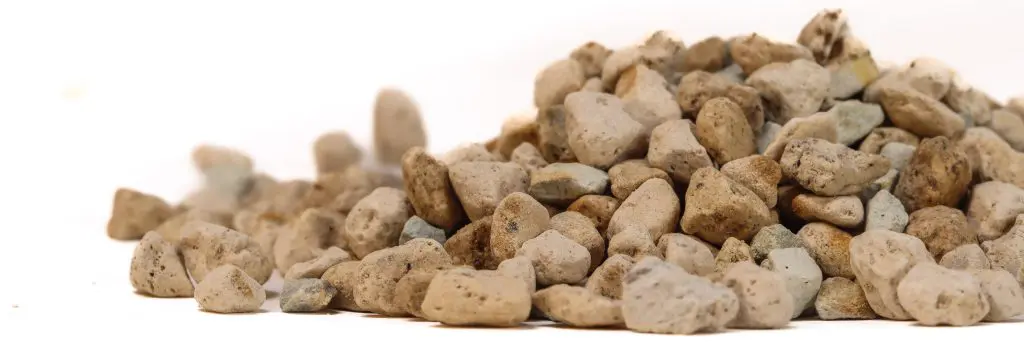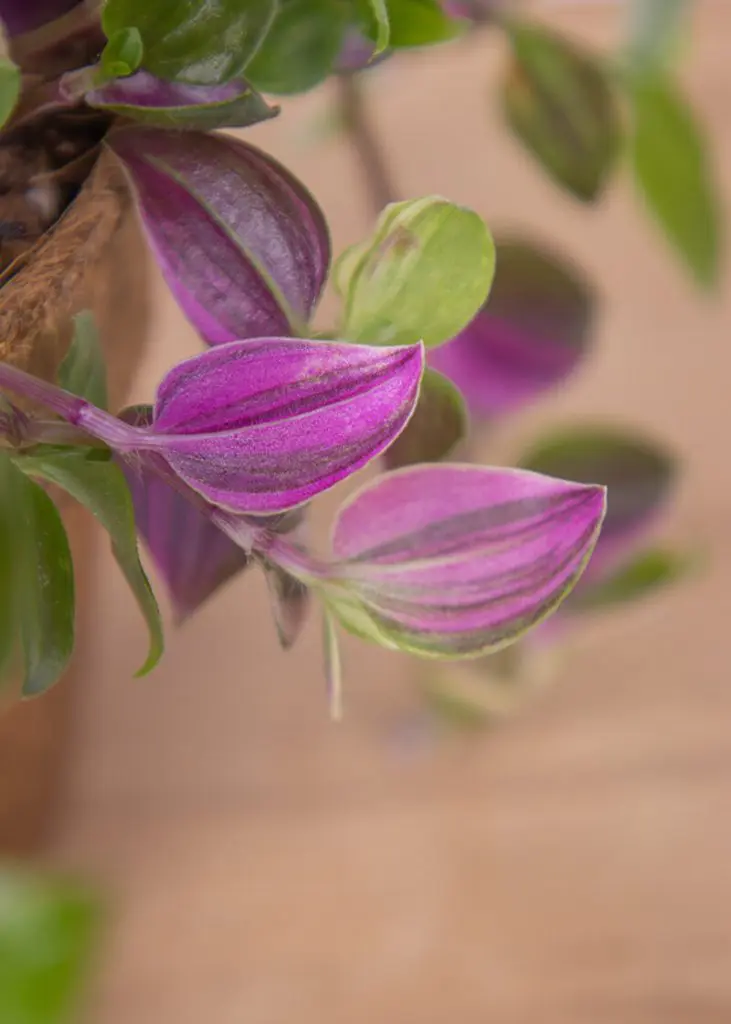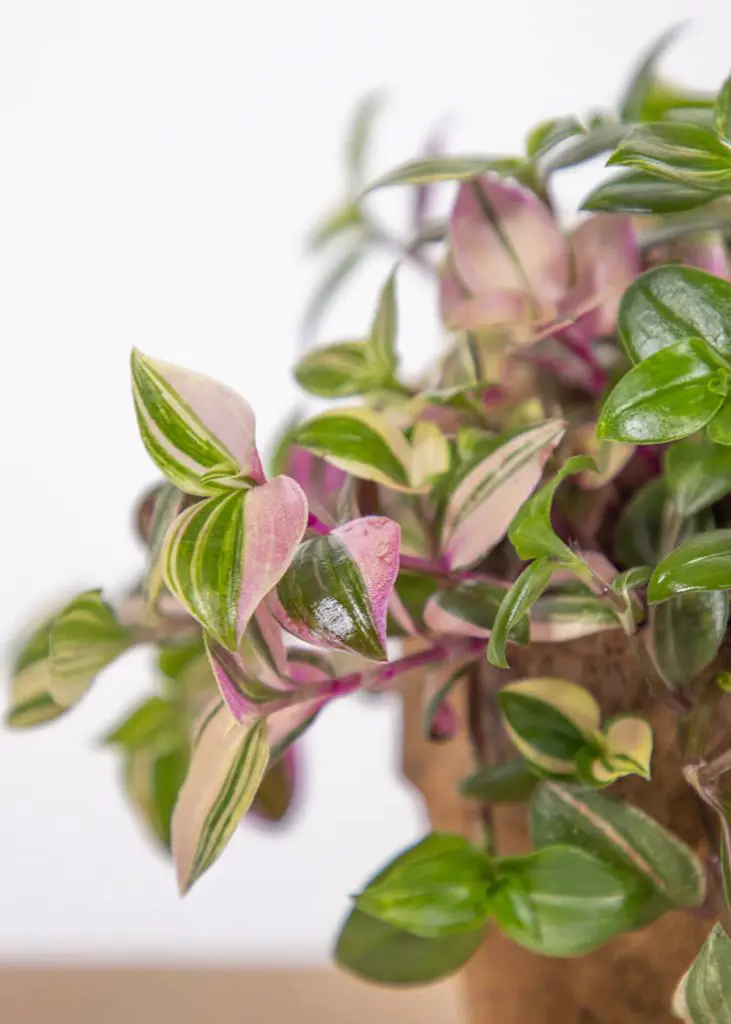Spiderworts, or Tradescantias, are attractive plants that are often displayed as trailing houseplants from hanging pots or over the edges of pots on shelves.
Latin name
Tradescantia fluminensis “Quadricolor”
Pronunciation
(“trad-ess-SKANT-eeh-ah floo-min-EN-sis”)
Common name
Tradescantias
Origin
Argentina, Brazil, Paraguay, Uruguay
However, in the wild they are creeping, forming ground cover plants that can create fairly dense thickets.
Also known as Tradescantia fluminensis “Quadricolor”, the foliage on the Four-coloured Spiderwort is smaller than that found on Tradescantia zebrina, and the leaves are rounder in shape. They are also attractively patterned and coloured in shades of cream, green, pink and purple in broad stripes. Small, white three-petalled flowers are produced.
Tradescantias are named in honour of John Tradescant – gardener to Charles I, although it is not known whether he ever saw one.
Did you know?
Mildly toxic to pets. While ingestion usually causes only mild gastrointestinal upset, its sap can irritate the skin and mucous membranes of cats and dogs, leading to itching or redness.
caring for your plant

Light
These plants do well in shady conditions, but do not thrive under direct sunlight.

Watering
The soil should be kept moist. The plant is tolerant of heavy watering, and does not like to dry out.

Pruning
The vines can be trimmed to maintain a good habit and encourage branching from the buds at the leaf nodes. Cuttings can be easily rooted to make new plants.

Feeding
A weak solution of fertilizer should be added to the water at every watering.

pest & diseases
Generally pest free, but if kept high up, where the air may be warmer and less humid, you should look out for two-spotted spider mites. Other pests, such as mealybugs, might be found and they should be removed when seen.
Our plants are grown in Ecoponic, an alternative to soil. Officially known as a vulkaponic substrate, it replaces traditional compost with a clean, mineral-based medium that helps protect peatlands.
According to the IUCN UK Peatland Programme, “A loss of only 5% of UK peatland carbon would be equal to the UK’s annual greenhouse gas emissions.” As well as storing carbon, the natural wetlands where peat is found are critical to the survival of plants and wildlife. Ecoponic also improves plant health and uses water more efficiently.
Find out more about Ecoponic here.


Buy one of my cousins from the nursery
Did you know?
Plantopedia is brought to you as part of our Engage & Bloom workplace experience program.
explore more
Why not continue your journey through the plant world. Explore more plants, their stories, habitats and the benefits they bring to spaces.










